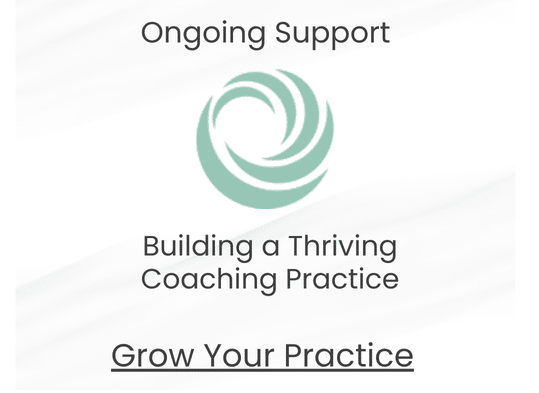by Mary E. Sanders
As schools begin to shift their focus away from an unwavering commitment to students’ standardized test scores, more holistic approaches are gaining traction in the classroom. One of them in particular has earned praise across the board, and justifiably so.
Carol Dweck’s research around fixed vs. growth mindset has inspired teachers and curriculum designers around the world to incorporate her ideas into their practice. In fact, in a recent interview with The Atlantic, Dweck commented on the fad status of growth mindset. Many teachers believed that they could foster growth mindset merely by telling kids to try hard. This, Dweck pointed out, is not the same as cultivating a true growth mindset.
In education, the “hows” are much more important than the “whats,” and a true growth mindset takes root best in the context of the much larger movement of positive psychology. If we really want to cultivate growth mindset, happiness, and character strengths, which we know are all instrumental in positive psychology, what concrete steps can we take?
1. Design a systematic approach.
Before the benefits of positive psychology even reach a student, it’s essential that the entire school understands why the program is being implemented and how they can help. This means not just teachers, but administrators and other staff members as well. When the entire community feels involved in the process of changing the school’s culture, the process is significantly catalyzed.
Teach all staff how to identify their own character strengths, practice intentional happiness activities, and incorporate mindfulness into their daily lives. Then students will feel much more supported when they are introduced to these new and unfamiliar practices. They will see that everyone is taking risks together.
2. Cultivate and encourage personal practice of positive psychology.
In order for the previous step to truly have an effect on the culture of a school or classroom, teachers should be encouraged and given space to practice the techniques of positive psychology at school and in their personal lives. There are so many ways that this can look for different people, so it’s best to provide teachers with as much choice as possible. For happiness, we’re fond of the happify app. For continuing education, consider taking a course through Wholebeing Institute. To build on character strengths, we recommend the resources of VIA Institute on Character. For mindfulness that enriches both teachers and students, we look to Mindful Schools.
These are just a few examples of the tools we use to both teach and practice. By learning with your students instead of teaching to them, you are adopting a growth mindset and creating an environment where it’s okay to try something new, unfamiliar, and difficult, because everyone else is right there with you.
3. Incorporate reflection.
While it’s important to create a classroom culture that is open to new ideas and failing forward, it’s equally important that students and teachers have time for introspective reflection. This allows for processing, asking questions, identifying strengths and weaknesses, and detailing wants and needs.
We often recommend journaling as a form of reflection, because the act of writing forces students to slow down and really think about their thoughts and feelings. Listening protocols in which partners take turns sharing uninterrupted for a set period of time can have a similar effect.
4. Model and give formative feedback to staff and teachers.
Whether the decision to incorporate positive psychology starts with one teacher in one classroom or the principal of a school, decision-makers have a leadership responsibility to both model what they teach and provide feedback to those they’re teaching. Within the classroom, teachers can show their commitment by participating in meditation, sharing journal entries, and experimenting with lesson plans that are normally outside their comfort zone. What’s important is that teachers and administrators demonstrate a passionate dedication to growth and acceptance of struggle.
Throughout the process, teachers and students should be provided opportunities for formative feedback. Formative feedback is different than summative feedback, in which you simply receive an evaluation on your performance. It allows learners to identify their own strengths and weaknesses and target areas for growth. This process is much more motivating than a traditional assessment, and it just happens to double as another technique for integrating positive psychology and growth mindset into the classroom.
Mary E. Sanders is the executive director at Aviva, an education non-profit dedicated to making the world a happier, more thriving place through holistic, research-backed teaching techniques. She holds a doctorate in chiropractic and is a certified yoga instructor. Mary has been involved in the world of positive psychology, health, and wellness for more than 20 years and received her Certificate in Positive Psychology from Wholebeing Institute. avivaeducation.com


 Mary E. Sanders is the executive director at
Mary E. Sanders is the executive director at 






